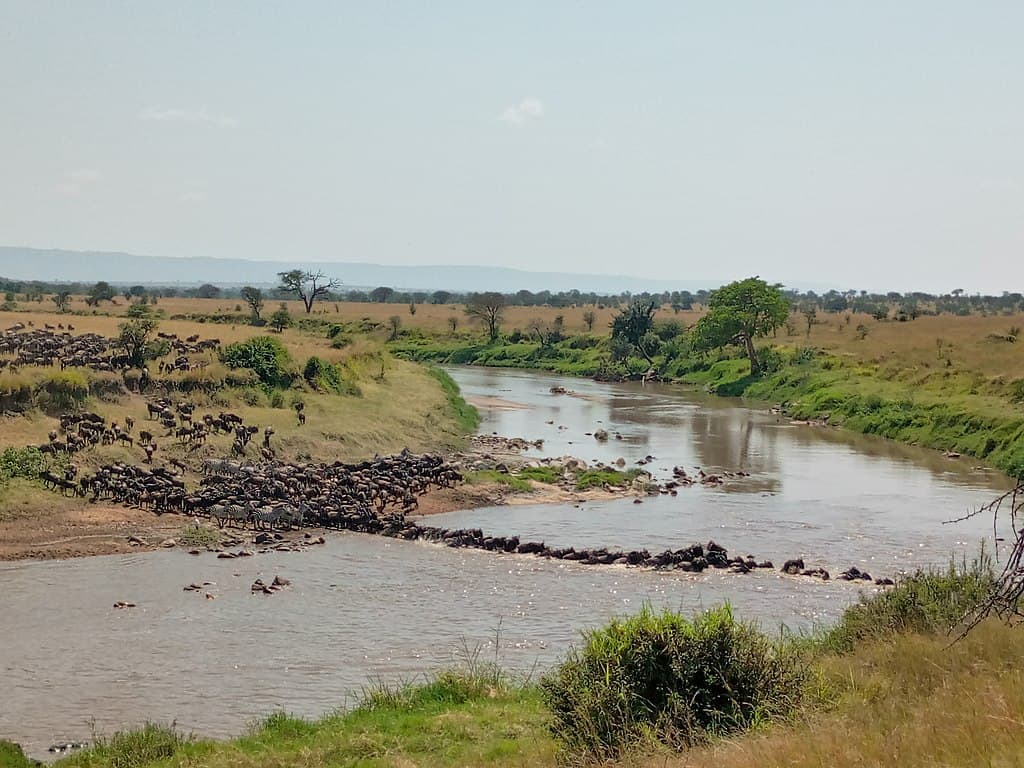The Serengeti ecosystem, spanning northern Tanzania and extending into southwestern Kenya, is renowned as the quintessential stage of the Great Migration. This awe-inspiring natural event captures the imagination of wildlife enthusiasts and scientists alike. This incredible phenomenon involves the seasonal movement of over 1.5 million wildebeests, accompanied by hundreds of thousands of zebras, gazelles, and various predators. But what exactly makes Tanzania’s Serengeti the premier location to witness this breathtaking spectacle?
A Unique Ecosystem Tailored for Migration
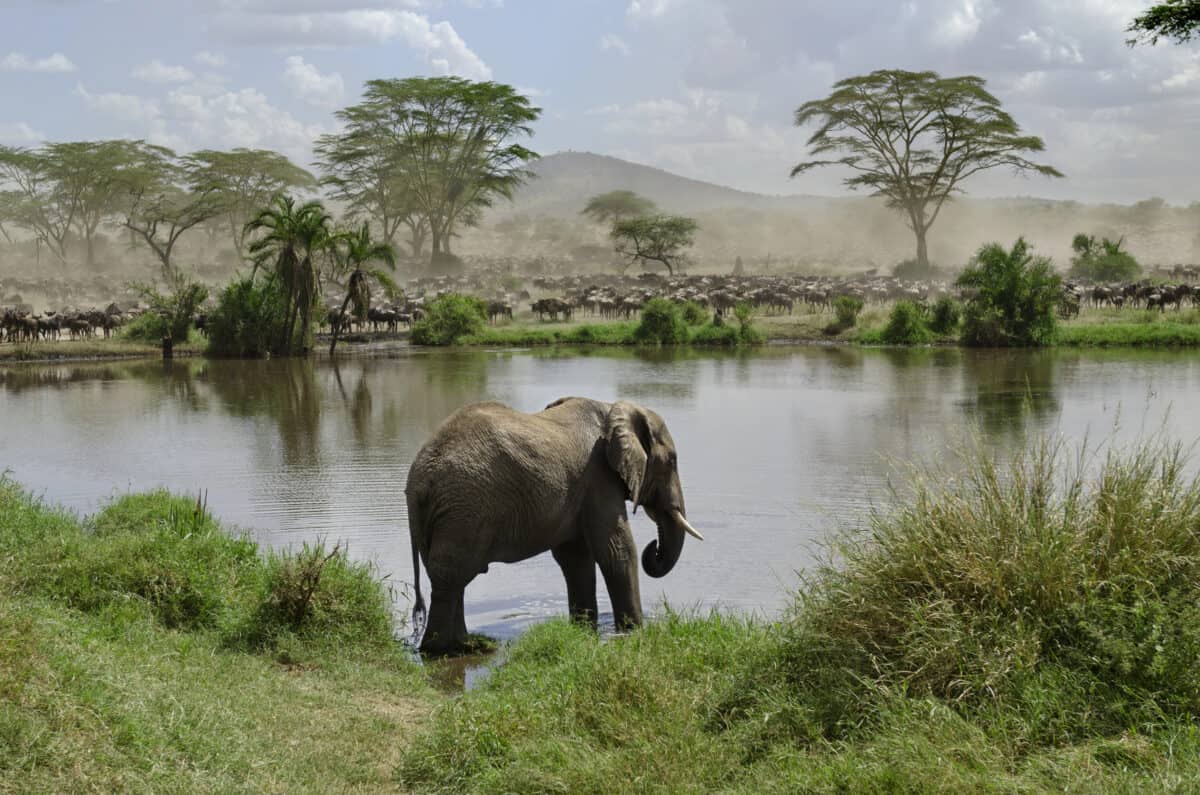
One primary reason the Serengeti is the best place to witness the Great Migration is its unique ecosystem, which provides the ideal conditions for this mass movement of animals. The Serengeti is a vast expanse of diverse landscapes, ranging from grassy plains to riverine forests, stretching approximately 30,000 square kilometres. Its varied terrain supports a rich biodiversity and creates natural migration corridors that are crucial for the survival of the migrating species.
The region’s climate also plays a pivotal role in the migration. The cyclical patterns of rainy and dry seasons dictate the movement of the herds as they seek greener pastures and fresh water. The Serengeti’s reliable seasonal changes ensure an ongoing rhythm that has continued for millennia, making it possible for visitors to predict and witness different stages of migration year after year.
A Wildlife Spectacle of Unparalleled Magnitude
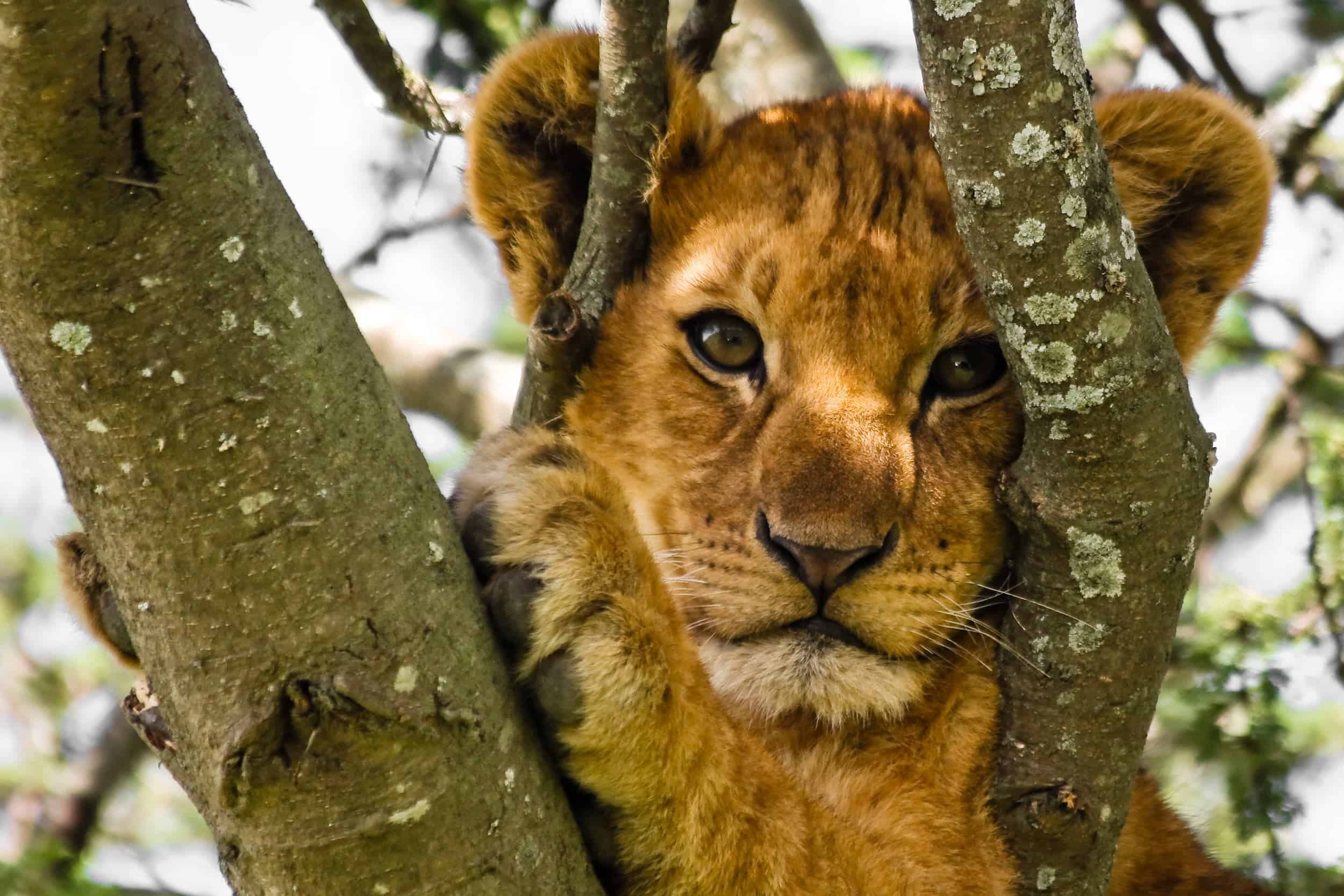
The sheer scale of the Great Migration sets the Serengeti apart as the ultimate destination for wildlife viewing. Over a million wildebeests on the move, accompanied by vast numbers of zebras and gazelles, create a spectacle of nature incomparable to any other wildlife phenomenon on Earth. This vast congregation of herbivores moving in unison creates a dynamic and exhilarating scene that draws tourists and researchers from across the globe.
This massive movement also attracts opportunistic predators, including lions, cheetahs, hyenas, and crocodiles, turning predator-prey interactions into dramatic wildlife theatre. The Serengeti is, therefore, not only a stage for the migration itself but also a prime location to observe the intricate dance of life between predators and prey in a relatively undisturbed natural environment.
Strategic Viewing Opportunities Throughout the Year

Another reason the Serengeti offers the best vantage point for the Great Migration is the strategic viewing opportunities available throughout the year. While the migration is a year-round event, different phases occur in different regions, allowing visitors to plan their trips according to what they wish to see.
From January to March, the southern Serengeti and Ngorongoro Conservation Area become nursery grounds as calving season ensues, offering a chance to witness the beginning of new life. Between April and June, the herds move northward, and the Moru Kopjes and the central Serengeti become focal points where dramatic river crossings occur. From July to October, the western corridor and the northern Serengeti host the nail-biting spectacle of river crossings at the Mara River. Each of these phases offers unique vistas and experiences, ensuring the Serengeti’s appeal to a wide audience.
Sustainable Tourism and Conservation Efforts
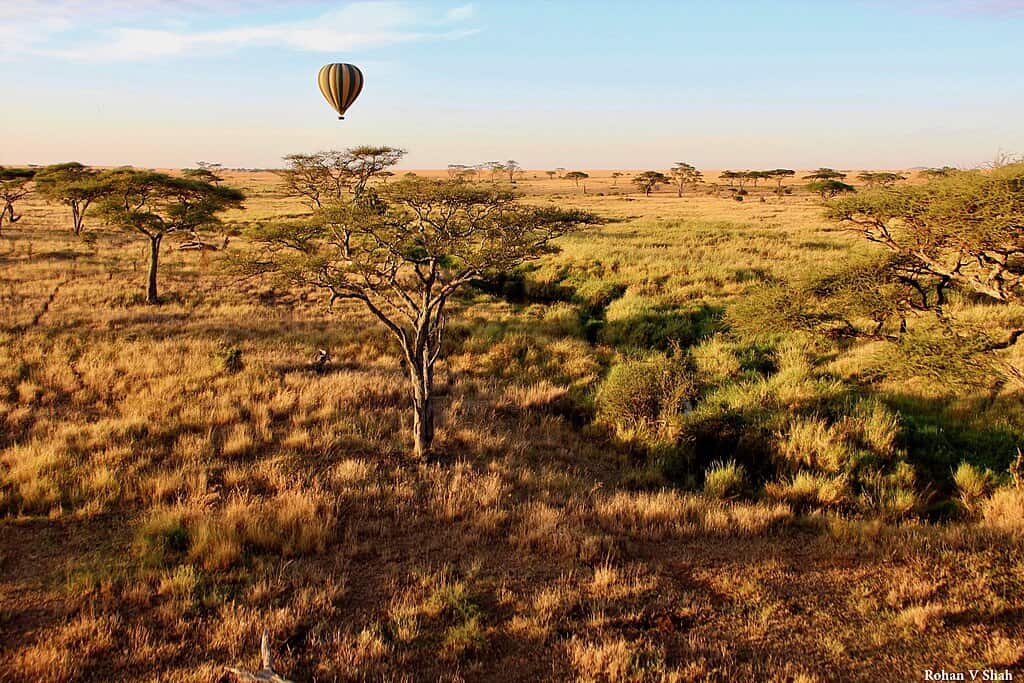
The Serengeti’s status as a premier location for witnessing the Great Migration is also supported by the region’s commitment to sustainable tourism and conservation. The Tanzanian government, alongside international conservation organizations, has implemented measures to protect the delicate ecosystem of the Serengeti from over-tourism and poaching. Responsible tourism practices, such as limiting the number of lodges within the park and prioritizing eco-friendly operations, ensure that the breathtaking beauty and biodiversity of the Serengeti will be preserved for future generations.
Furthermore, conservation efforts extend beyond the boundaries of the national park. Initiatives aimed at engaging local communities in conservation play a critical role in sustaining the delicate balance between wildlife and human activities, aligning economic benefits with wildlife preservation.
A Cross-Cultural Connection with Nature
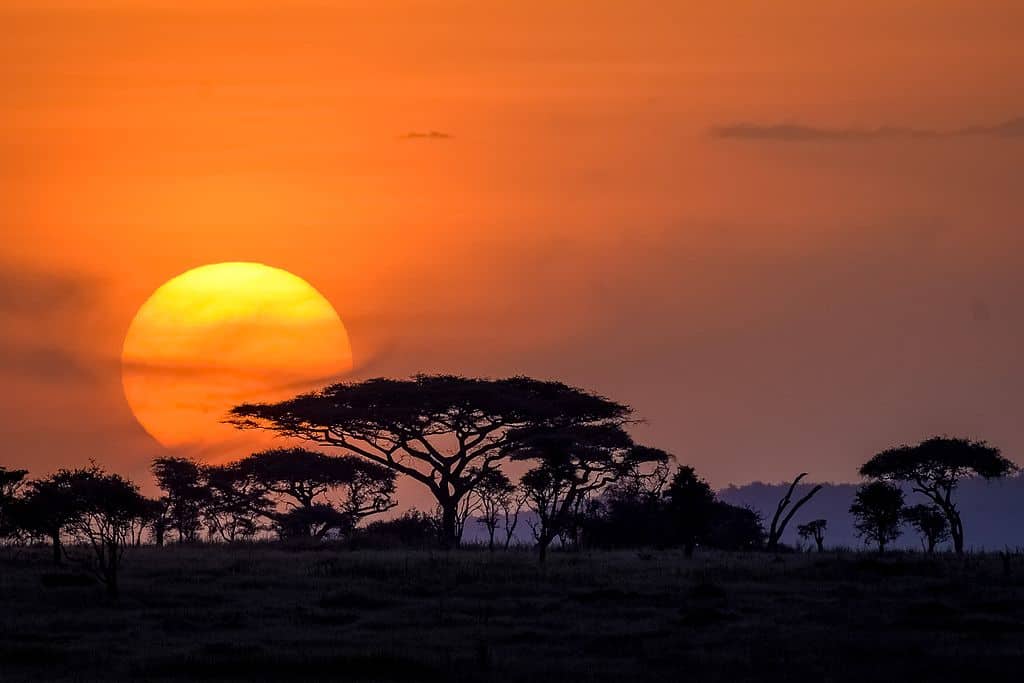
The Serengeti’s reputation as the best place to witness the Great Migration is enhanced by its ability to connect people from all over the world with the raw and untamed beauty of nature. The opportunity to experience the migration up close fosters a deeper appreciation for the natural world and highlights the importance of biodiversity and ecosystem health. For many, witnessing the migration is not just about observing a natural wonder—it is about connecting with a story of survival and adaptation that spans centuries.
Conclusion
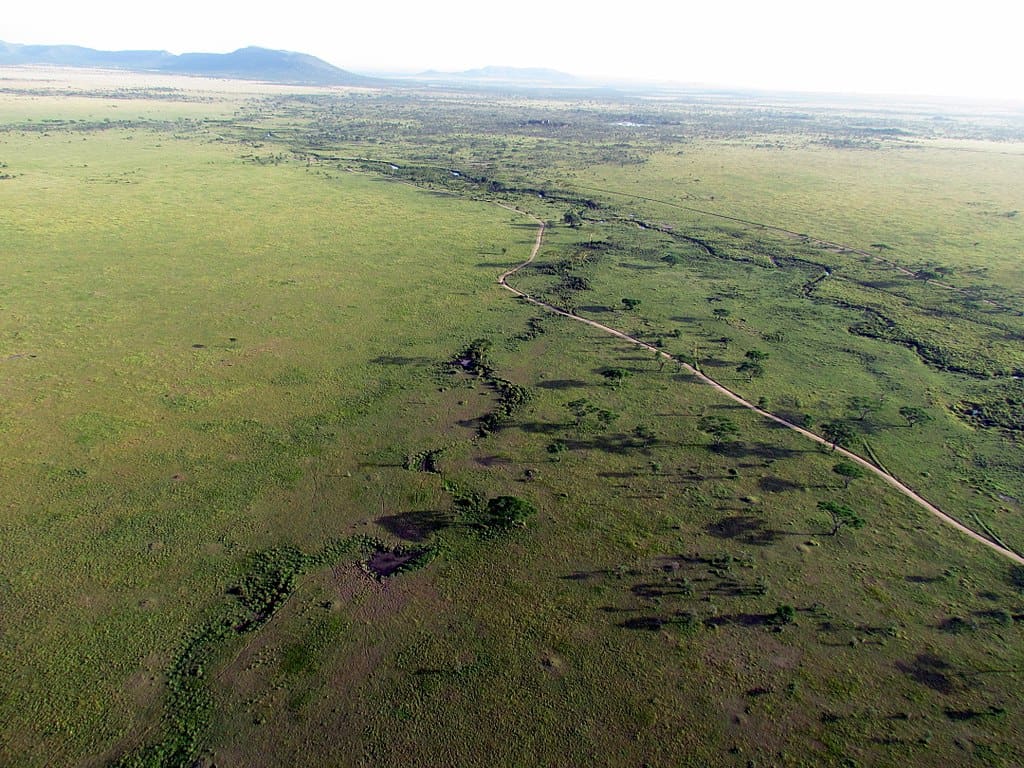
In conclusion, the Serengeti stands out as the ultimate destination for witnessing the Great Migration due to its unique ecosystem, the magnitude of wildlife spectacle, year-round opportunities for observation, and robust conservation efforts. Its capacity to inspire and educate while offering unforgettable experiences makes it an unmatched locale for anyone interested in the dynamic field of animal science and the wonders of the natural world.
- 15 Animals and Wildlife that Start with M - August 9, 2025
- The Hottest Temperature Ever Recorded in the US Desert - August 9, 2025
- 14 Myths About Horses (Busted by Experts) - August 9, 2025

